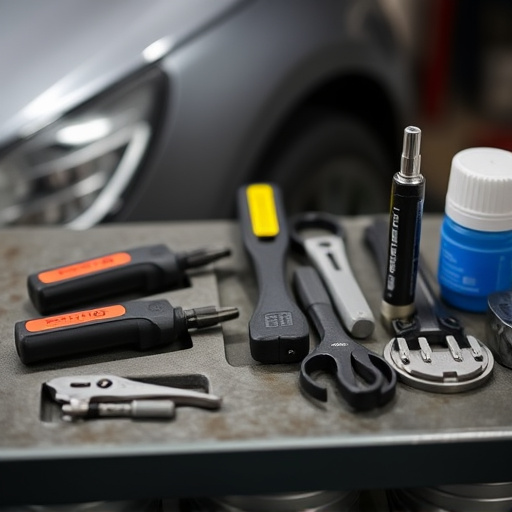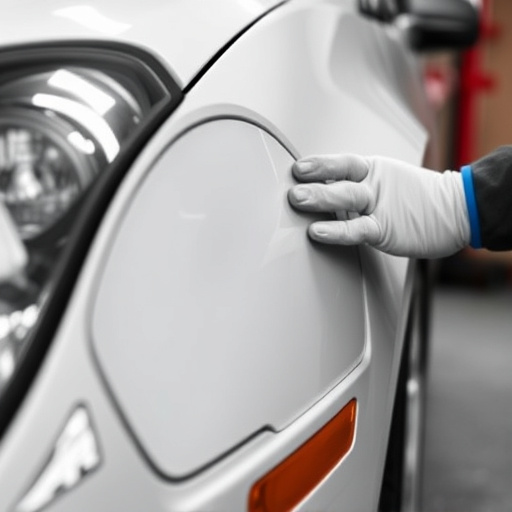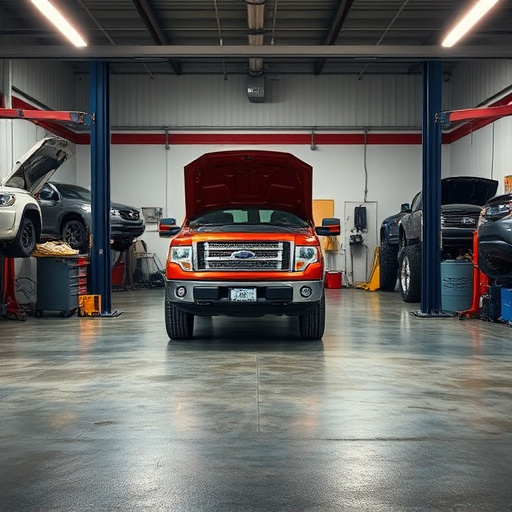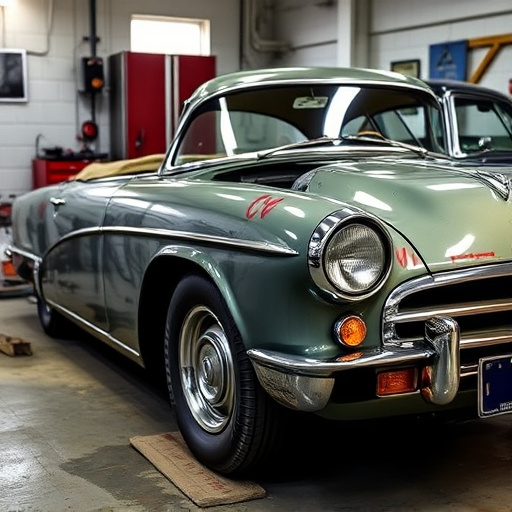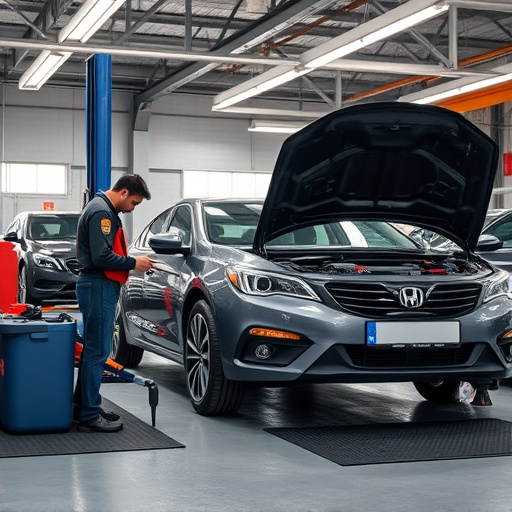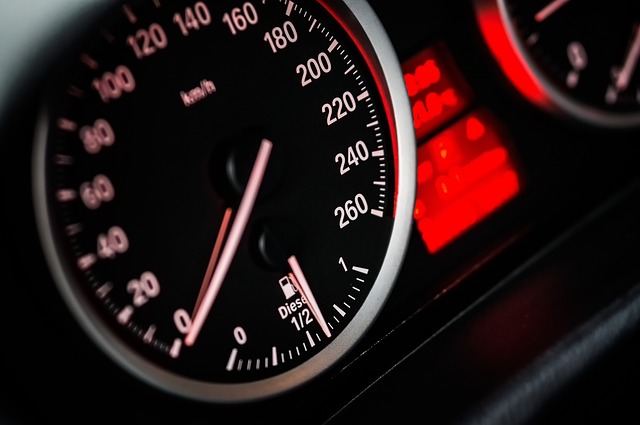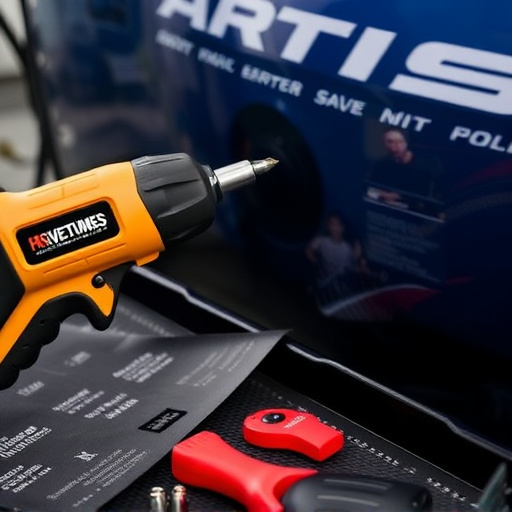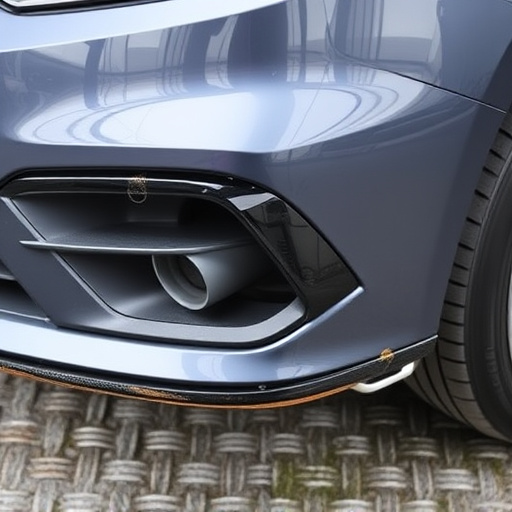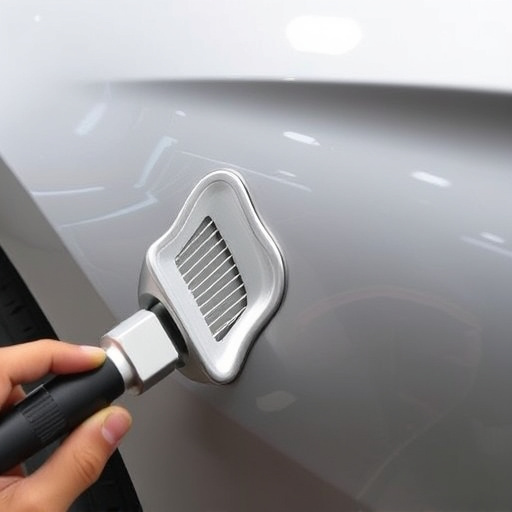Tesla's rigorous repair scanning standards, mandating advanced diagnostics and OEM parts, ensure precise identification and resolution of complex electrical, software, and sensor issues. This meticulous approach minimizes damage, enhances vehicle performance, longevity, and customer satisfaction by avoiding common problems like faulty wiring or sensor misalignment after repairs.
Tesla repair scanning is a critical aspect of maintaining these cutting-edge vehicles. This comprehensive guide delves into the essential OEM requirements for Tesla repairs, focusing on understanding the brand’s rigorous scanning standards. We explore the significance of using original equipment manufacturer (OEM) parts and offer troubleshooting tips for common scan issues. By adhering to these standards, repair shops can ensure optimal performance and longevity for Tesla owners.
- Understanding Tesla's Scanning Standards
- OEM Parts: The Unwavering Standard
- Troubleshooting Common Scan Issues
Understanding Tesla's Scanning Standards
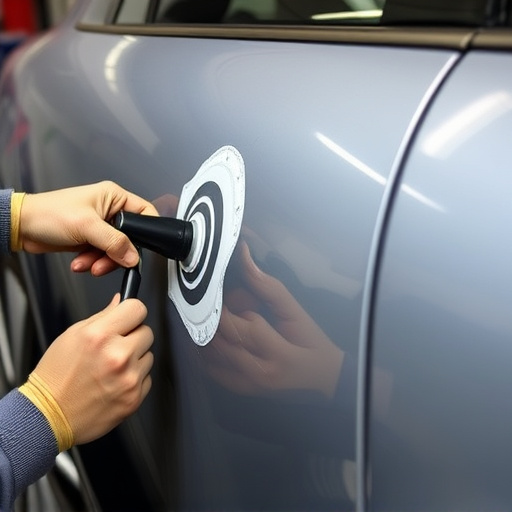
Tesla’s scanning standards for repairs are a crucial aspect of maintaining the brand’s high-quality and innovative reputation. The company mandates that all authorized service centers utilize advanced diagnostic tools to perform Tesla repair scanning, ensuring precise identification of issues within the electric vehicles’ complex systems. This includes not only electrical components but also software updates and sensor calibrations.
Adhering to these standards is vital for several reasons. Firstly, it guarantees that repairs are conducted with utmost accuracy, minimizing the risk of further damage or malfunctioning. Secondly, it allows for efficient troubleshooting, especially in cases involving modern luxury vehicle repair, where interconnected systems can be challenging to diagnose. Moreover, proper Tesla repair scanning practices contribute to the longevity of the vehicle’s performance and overall customer satisfaction, ensuring that auto glass repair, car body repair, and other services meet Tesla’s stringent criteria.
OEM Parts: The Unwavering Standard
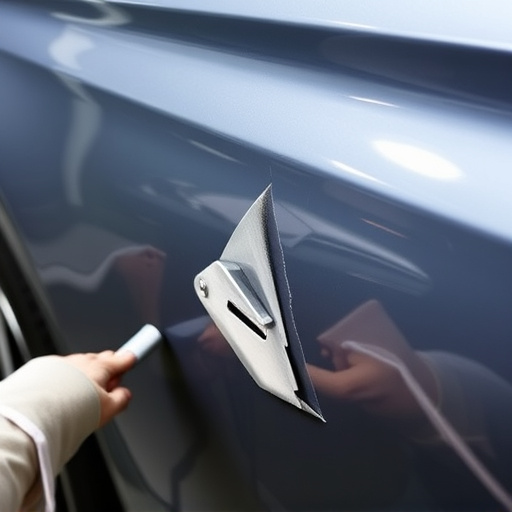
When it comes to Tesla repair scanning, adhering to Original Equipment Manufacturer (OEM) standards is non-negotiable. OEM parts are the gold standard in the automotive industry, ensuring that vehicles return to their original specifications and performance levels after repairs. Using genuine Tesla parts or those that meet OEM criteria guarantees compatibility, quality, and long-lasting reliability—essential aspects for any car repair services, including car paint services and car dent repair.
These parts are meticulously designed and manufactured to fit perfectly with your vehicle’s make and model, ensuring a seamless restoration process. Unlike generic substitutes, OEM components incorporate advanced technologies and materials, making them the preferred choice for professional auto body shops and mechanics. By prioritizing OEM requirements during Tesla repair scanning, owners can rest assured that their vehicles will not only be fixed but enhanced, maintaining their unique characteristics while preserving overall car repair services quality.
Troubleshooting Common Scan Issues
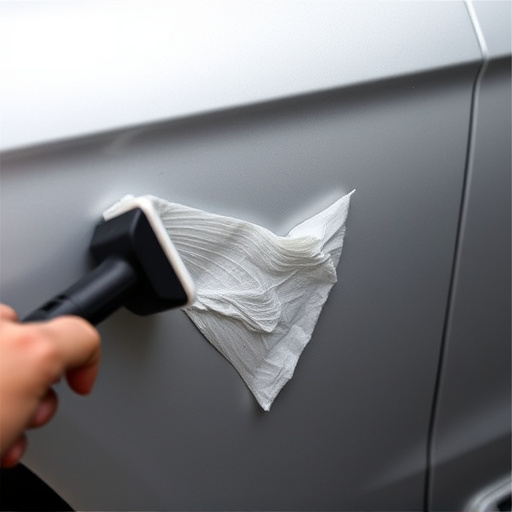
When it comes to Tesla repair scanning, understanding common scan issues is vital for efficient troubleshooting. One frequent problem is inadequate communication between the vehicle’s computer systems, often stemming from faulty wiring or a disconnected sensor. This can lead to inaccurate readings and errors during diagnostic processes. For instance, an OBD-II (On-Board Diagnostics) system might not be receiving power properly, causing it to malfunction.
Another common issue is related to sensor calibration after a vehicle collision repair or auto glass replacement. Sensors play a crucial role in Tesla’s advanced safety features, and any misalignment can trigger false alerts. Collision repair centers must ensure precise recalibration to avoid unnecessary scares and costly repairs. Proper training on OEM (Original Equipment Manufacturer) protocols for Tesla repair scanning is essential to address these challenges effectively.
Tesla repair scanning is a critical process that ensures vehicles meet OEM (Original Equipment Manufacturer) standards. By understanding these requirements, technicians can efficiently troubleshoot and resolve scan issues, maintaining the superior performance and safety features for which Tesla vehicles are known. Adhering to these guidelines is essential for delivering high-quality repairs and keeping up with Tesla’s evolving technology.
